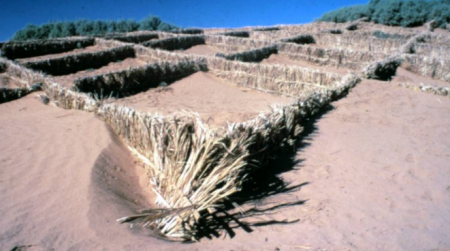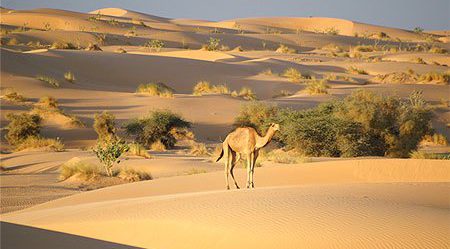The fight against desertification is a necessity for the protection of socio-economic infrastructures in Mauritania: a country whose area is a three-quarters desert. The phenomenon of silting, which is very acute in the country, is now a threat for:
- Urbanization and villages
- Oases
- Agricultural and pastoral areas
- Communication routes (tracks, rivers, paved roads).
The best-known practices in the fight against desertification in Mauritania carried out by our initiative, “Nouakchott Association Deserves a Tree”, are as follows:
1. Mechanical stabilization of dunes
Simple techniques that are cheaply and easily reproducible by the population, were applied using branches of vegetation such as:
- Palm leaves;
- Prosopis juliflora;
- Balantites aegyptica;
 Palm leaves (photo by Ji-Elle, 2010) |
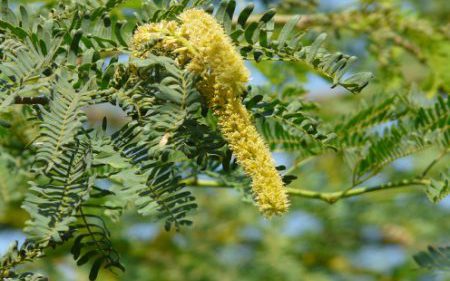 Prosopis juliflora (photo by Dinesh Valke,2008) |
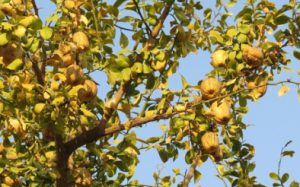 Balanites aegyptiaca (photo by A. J. T. Johnsingh, 2015)
|
|
2. Biological fixation (fixation of plants and plantations)
The selection of fast-growing species suited to the climate and soil conditions of our ecosystem will be a priority.
The following species are generally used for this activity. The focus is on local species, among which we may cite:
- Ziziphus mauritiana
- Acacia Senegal
- Panicim turgidum
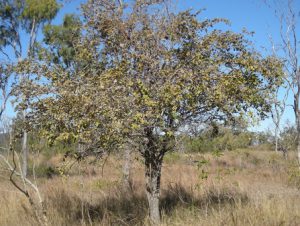 Ziziphus mauritiana (by Ethel Aardvark,2008) |
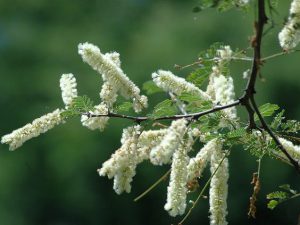 Acacia Senegal (by World Agroforestry Centre,2010) |
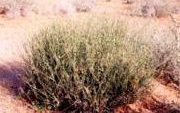 Panicim turgidum (by FAO GRASSLAND SPECIES PHOTO LIBRARY, 2014) |
|
In Mauritania, one can generally encounter three major forms of silting, namely:
- Sheet erosion
- Simple barchan dunes
- Joined barchan dunes.
The above is a brief description of what I want to share with you. Thank you and see you soon.
(Mohamed Lemine Babe, President of the “Nouakchott Association Deserves a Tree” Initiative)

